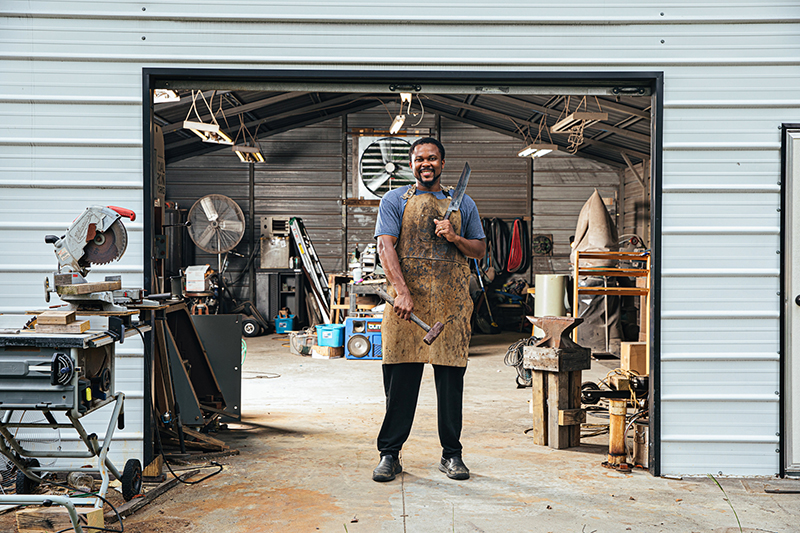

The Stories We Tell
In this issue, we examine the idea of craft—of making—within the context of new technologies and how they collide with more traditional analog approaches to shaping and understanding our world. In his book The Shock of the Old, science and technology historian David Edgerton presents a new framework for understanding technological history, one based on use rather than innovation. This is not to say that narratives of innovation and use are discrete, but a use-based narrative provides a deeper and more nuanced understanding of technology in relationship to humanity. “A use-based history will do much more than disturb our tidy timelines of progress,” writes Edgerton. “What we take to be the most significant technologies will change.”
The stories we tell about technology are tied to accounts of modernity, where particular new technologies are held to be central. (In the twentieth century, for example, these generally include flight, nuclear power, contraception, and the internet.) But in reality, we experience time and its artifacts in jumbled layers. Take the room I’m sitting in. In it is stowed a myriad of technologies whose invention spans the course of many millennia. Though my standing desk seems quite modern, the first known user (the inventor remains unknown) of the standing desk was Leonardo da Vinci in the fifteenth century. A nineteenth-century green velvet loveseat—a family heirloom—sits in the corner. My computer mouse is a technology that dates back to the 1960s, and my sandals are the oldest technology of all: the earliest known shoes, found in Oregon’s Fort Rock Cave, date from approximately 8,000 BCE.
Edgerton explains: “We worked with old and new things, with hammers and electric drills. In use-centered history, technologies do not only appear, they also disappear and reappear, and mix and match across the centuries. Since the 1960s many more bicycles were produced globally each year than cars. The guillotine made a gruesome return in the 1940s. Cable TV declined in the 1950s to reappear in the 1980s. The supposedly obsolete battleship saw more action in the Second World War than in the First. Furthermore, the twentieth century has seen cases of technological regression.”
In contrast to our prevailing oversimplified, linear histories, use-based history tells a story in which alternatives exist for nearly all technologies and involve nearly everyone, everywhere. “Too often histories are written as if no alternative could or did exist,” says Edgerton, which brings us to my next point.
Filmmaking duo Daniel Kwan and Daniel Scheinert, the creators of the Academy Award–winning film Everything Everywhere All at Once and commonly known as “the Daniels,” spoke at this year’s SXSW festival on the importance of story and creative work in the context of emerging AI technologies. Not surprisingly, AI was a predominant theme of this year’s festival. The Daniels urged audiences to reflect on why they were using these technologies and how they were using them to build the world they want to live in.
“What is the new story we are going to have to tell ourselves to accept this new convenience, this new progress?” asks Kwan. “What will this technology do within this current system, within this current incentive structure? This is the same system that brought us climate change, that brought us income inequality, and a general lack of gratitude in understanding the worth of ourselves and the worth around us.” No technology is inherently good or bad; their impacts are multifaceted and usually involve some degree of trade-off. Many of the digital devices intended to make our lives more convenient, for example, have also caused us to become increasingly sedentary and socially disconnected, contributing to a general societal malaise.
Each creative act—whether a building, a painting, or a song—is an opportunity to remake our world. Alternatives do exist, even now. As Kwan says, “We have to remember that the systems we have now are fossilized stories of the past.” So what are the stories we want tell now? What kind of a world do we want to build? I urge you approach each creative act as an opportunity to express what is truly valuable, rewriting the systems for tomorrow.

Anastasia Calhoun, Assoc. AIA, NOMA, is the editor of Texas Architect.
Also from this issue
















